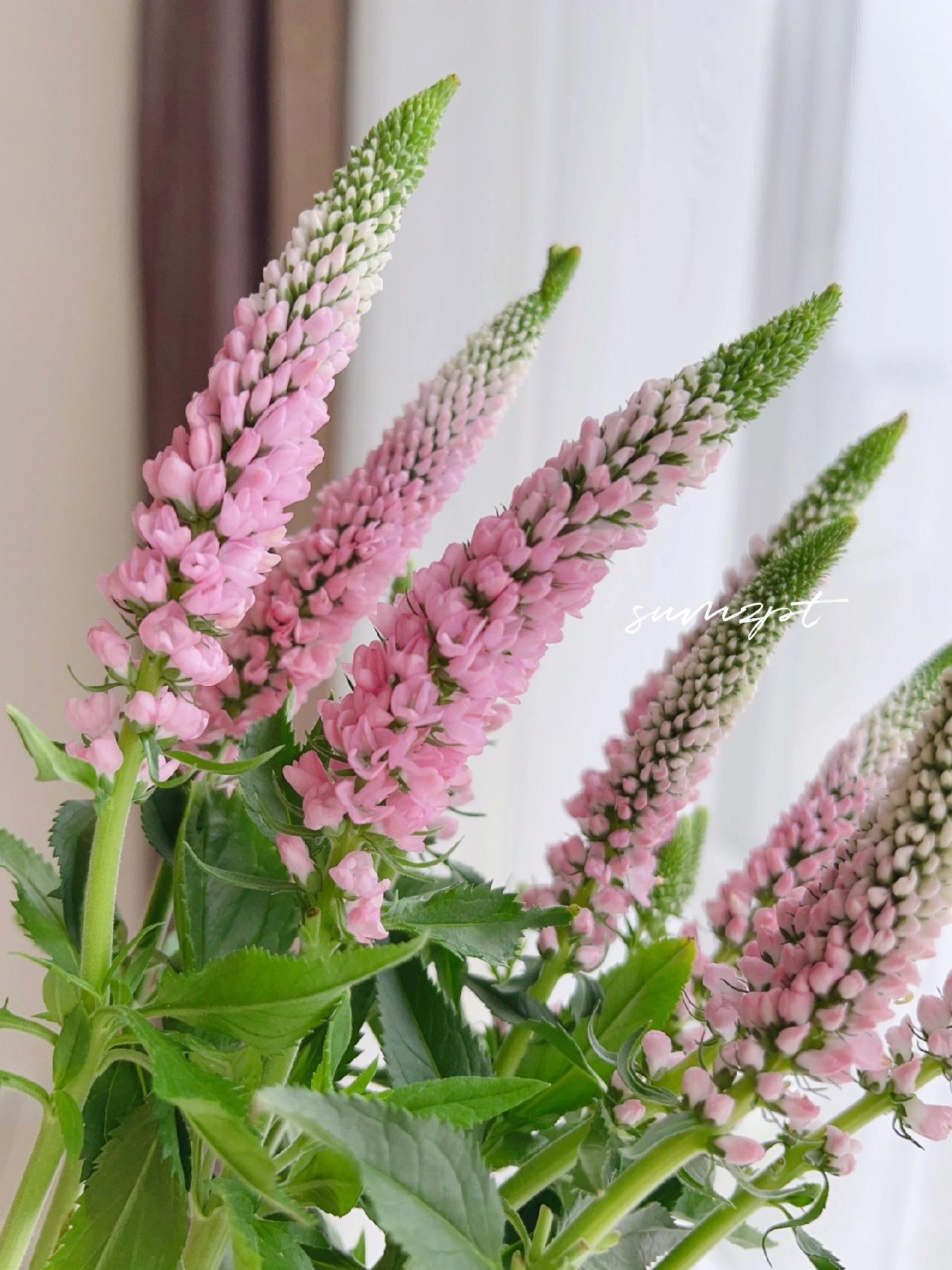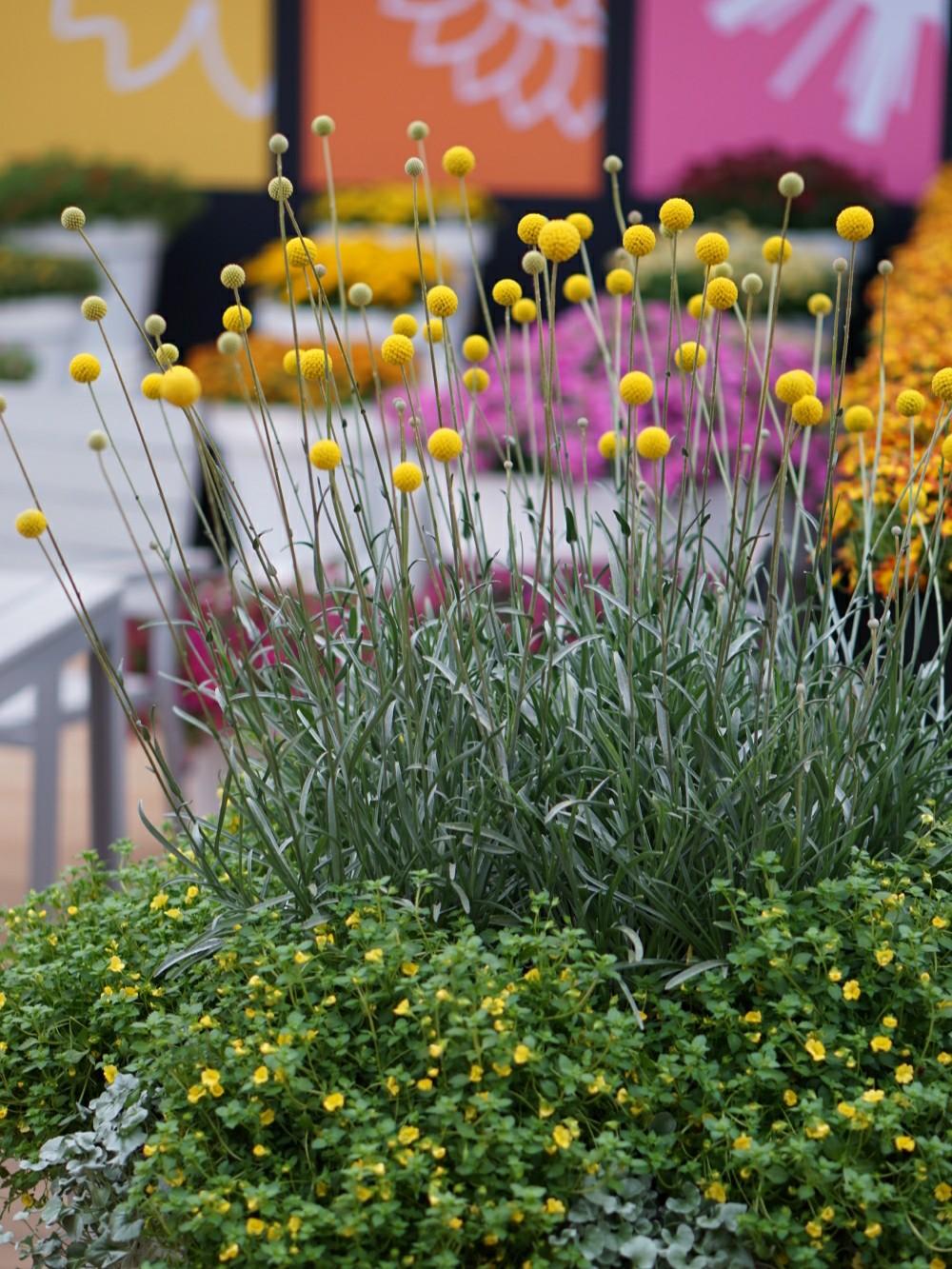Bignoniaceae is a fascinating plant family with an interesting history. Its name is derived from the French botanist, Charles Plumier, who named it in honor of Jean-Paul Bignon, a 17th-century French abbot and botanist. Bignoniaceae is commonly known as the trumpet creeper family due to the distinctive shape of its flowers.
The plant family has been used in traditional medicine for centuries, with different parts of the plant used to treat various ailments. In Brazil, the wood of the Handroanthus tree, a member of Bignoniaceae, is used to make the famous “Cuia” cups for drinking “mate”.
In addition to their traditional uses, Bignoniaceae plants have also been used for their ornamental value. The Jacaranda tree, another member of the family, is known for its beautiful purple-blue flowers. It is a common ornamental tree in many tropical and subtropical regions of the world.
Overall, Bignoniaceae is a fascinating plant family that has had a significant impact on human culture and wellbeing.
Plant some seeds now!
Short Description
Bignoniaceae (/bɪɡˌnoʊniˈeɪsiiː/) is a family of flowering plants in the order Lamiales commonly known as the bignonias or trumpet vines. It is not known to which of the other families in the order it is most closely related.
Nearly all of the Bignoniaceae are woody plants, but a few are subwoody, either as vines or subshrubs. A few more are herbaceous plants of high-elevation montane habitats, in three exclusively herbaceous genera: Tourrettia, Argylia, and Incarvillea. The family includes many lianas, climbing by tendrils, by twining, or rarely, by aerial roots. The largest tribe in the family, called Bignonieae, consists mostly of lianas and is noted for its unique wood anatomy.
The family has a nearly cosmopolitan distribution, but is mostly tropical, with a few species native to the temperate zones. Its greatest diversity is in northern South America. The family has been covered in some major floristic projects, such as Flora of China, Flora Malesiana, and Flora Neotropica. It has not yet been covered in some others, such as Flora of Australia, and Flora of North America.
Bignoniaceae are most noted for ornamentals, such as Jacaranda, Tabebuia and Spathodea, grown for their conspicuous, tubular flowers. A great many species are known in cultivation. Various other uses have been made of members of this family. Several species were of great importance to the indigenous peoples of the American tropics. Fridericia elegans, Tanaecium bilabiata, and Tanaecium excitosum are poisonous to livestock and have caused severe losses.
According to different accounts, the number of species in the family is about 810 or about 860. The last monograph of the entire family was published in 2004. In that work, 104 genera were recognized. Since that time, molecular phylogenetic studies have greatly clarified relationships within the family, and the number of accepted genera is now between 80 and 85.
Bignoniaceae in Bagh-e-Jinnah, Lahore
Description
Tecomaria capensis
Members of this family are mostly trees or lianas, sometimes shrubs, and rarely subshrubs or herbs.
Lianas of the tribe Bignonieae have a unique vascular structure, in which phloem arms extend downward into the xylem because certain segments of the cambium cease the production of xylem at an early stage of development. The number of these arms is four or a multiple thereof, up to 32. When four, the phloem arms appear as a cross, hence, the common name “cross vine”. The phloem in the arms has wider sieve tubes and less parenchyma than the ordinary phloem.



